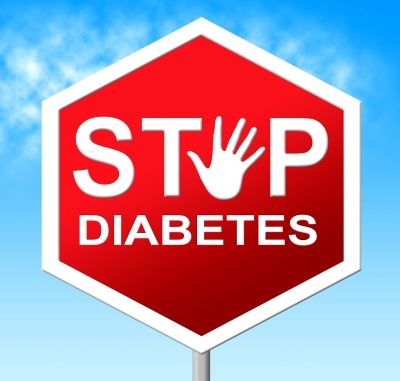
Dipeptidyl Peptidase-IV (DPP-IV) is one of the key enzymes involved in diabetes. Understanding how it can be inhibited is also of interest to pharmaceutical businesses attempting to control and manage type 2 diabetes.
Whilst the enzyme DPP-IV has interesting properties, inhibitors of this enzyme have recently come to the fore because of research into their extraction and behaviour from various food resources.
The inhibitors are invariably known collectively as gliptins and represent a particular class of orally taken antidiabetics. Their role is to prolong the action of a group of gut hormones called incretins.
What Are Incretins?
In a typical metabolic situation and when a person ingests food, any glucose in that food stimulates the release of many gut hormones including the incretins. These hormones in turn stimulate insulin secretion from the pancreas. Insulin is a hormone directly implicated in stimulating cellular absorption of glucose. When glucose is fed intravenously there is a much smaller insulin response. Only glucose taken through the mouth (orally) stimulates or provokes the release of any gut hormones.
The incretins we are familiar with include:-
- GLP-1 [glucagon-like peptide-1]
- GIP [glucose-dependent insulinotropic peptide]
For example, when GLP-1 is given intravenously to patients with type-2 diabetes mellitus, it produces a reduction in blood glucose levels whilst simultaneously stimulating insulin release.
In normal physiological function, GLP-1 synthesis and release is a ‘glucose-dependent action’ GLP-1 increases insulin release only when blood glucose levels are above a particular threshold value. There is no effect for GLP-1 in euglycaemia which is a term for normal glucose metabolism. There is a lower risk of hypoglycaemia when compared to the pharmacological action of sulphonylureas.
The other key effects of GLP-1 include reducing the level of gastric emptying, suppressing glucagon secretion and also reducing the death [apoptosis] of the human islets of Langerhans involved in insulin manufacture and secretion.
What has always intrigued nutritionists is that GLP-1 included in the diet reduces hunger. i.e. it reduces the ‘feeding’ feeling through modulation of a CNS (central nervous system) mechanism. When type-2 diabetes patients are undergoing GLP-1 therapy they tend to be less hungry which is a considerable benefit.
Where Does Dipeptidyl Peptidase-IV (DPP-IV) Fit In?
GLP-1, as with all hormones must succumb to degradation through proteolysis otherwise its actions would persist for too long in the body. However from a drug therapy point of view, allowing the hormone to persist proves useful in the clearance of glucose from blood.
There are two enzymes involved in proteolysis of GLP-1. They are DPP-IV and an endopeptidase 24.11. Their catalytic action renders GLP-1 inactive where it is then eliminated as a waste protein by the kidneys.
DPP-IV is also known as CD26 because of its involvement in the immunomodulatory response. The enzyme was originally called dipeptide napthylamidase (Hopsu-Havu & Glenner, 1966).
To promote GLP-1 activity so that it persists in the body means targeting those proteases that break it down or using some other approach.
One method is to use a DPP-IV inhibitor which directly prevents GLP-1 being broken down. Another approach is to develop a GLP-1 agonist i.e. something similar to the hormone which is resistant to both enzymatic degradation and renal clearance too.
DPP-IV Inhibitors: How Do They Work?
There are a number of DPP-IV inhibitors which block the action of dipeptidyl peptidase-IV. In doing so, it prolongs the action of endogenously released GLP-1 and the other peptide hormone GIP.
The direct response to inhibition is an increase in insulin secretion which is prompted by ingestion of a meal containing glucose and at the same time, a reduction in glucagon secretion. The use of the inhibitor means that the impact of diabetes is minimised as a consequence.
What Drugs Are Available To Inhibit DPP-IV?
A range of gliptins are available. These include sitagliptin, saxagliptin, linagliptin, alogliptin
Sitagliptin
A highly bioavailable drug (85%) witha helf-life in the body of 12 hours. It is a drug that is excreted by the kidneys and as with most gliptins requires adjustment if there is renal dysfunction. It has no metabolic activity in its own right.
It is offered in monotherapy or can be given in combination with metformin, TZDs or SUs.
Alogliptin
A drug given in combination with pioglitazone, metformin and SUs. A particular level of dosage adjustment is needed to overcome kidney (renal) dysfunction. It has a high therapeutic efficacy.
General References
Katzung B. (2018) Basic & clinical pharmacology. 14th ed. San Francisco: McGraw-Hill Education. pp: 761-62
References
Hopsu-Havu. K., & Glenner, G. G. (1966). A new dipeptide naphthylamidase hydrolyzing glycyl-prolyl-beta-naphtyylamide. Histochemie, 7(3), pp. 197-201
Leave a Reply